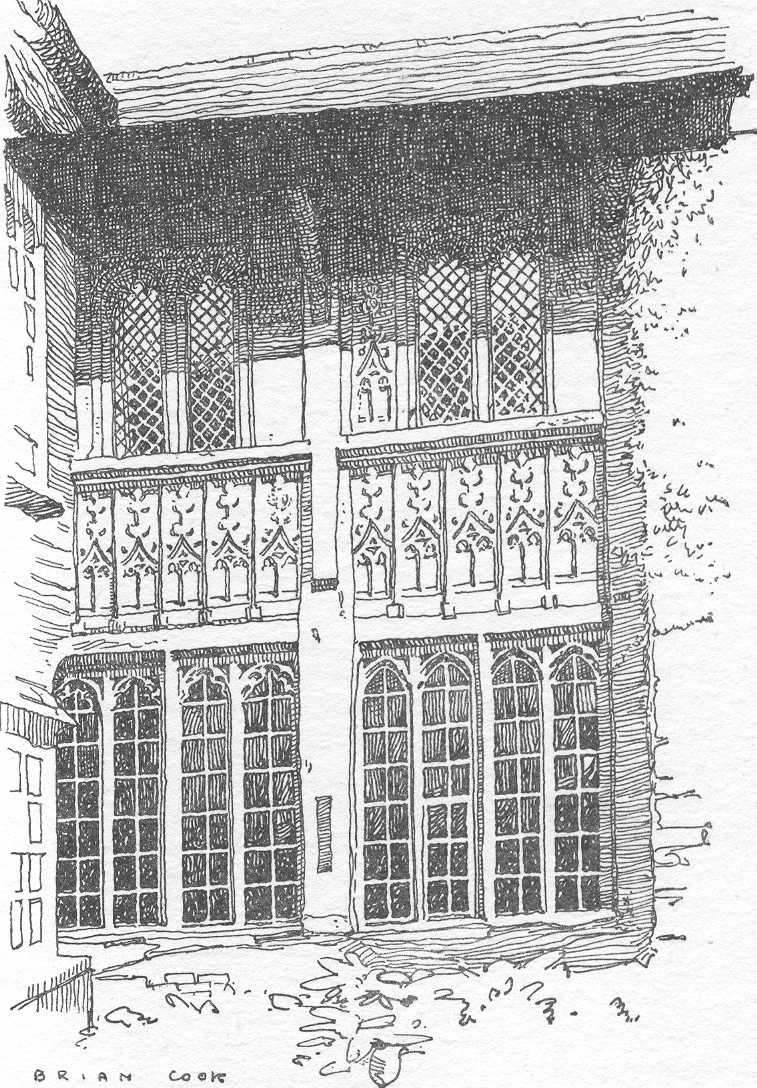
6. Economic importance -the role of the pub as the local representative of a national industry
7. Employers of labour, not just bar staff but people who ran coaching inns. The importance that many publicans had in local societies.
8. A mirror of changes in society - drunkenness and laxity in eighteenth century. Increasing temperance and sobriety during nineteenth century, late twentieth century changes resulting from affluent society. Changing attitudes to women in public houses. Internal layout and design reflecting demands of consumers and need to attract them.
9. Architectural beacon - importance in townscapes. Changing designs - coaching inns to estate pubs are a democratic art form
10. The class system - how the public house developed and reacted to changes in the class system and relations between the social classes..
It seems to me that there are certain issues, which I call constraints or aspects, which are worthy of further study. These constraints affected the development of public houses through the centuries and continue today:
1. Legislation, seeking to control drunkenness, restricting licenses, opening hours, quality of beer sold. Licensing magistrates restrict licences or demand improvements, such as the model pub movement in the early twentieth century.
2. Temperance - closely linked to legislation. Particularly during nineteenth century. And as most alcohol was supplied by pubs, there was a need to control supply and encourage sobriety
3. Commercial imperatives - the need to meet changing customer tastes and wants
4. The relationship with the brewers - who increasing bought pubs from late eighteenth century to sell their products
5. Architecture - the changing face of public houses s outside ('Brewers Tudor') and inside (two bars catering for different social classes)
6. Social centre - centre of local
society. Particularly until eighteenth century only  social centre outside home and church. Since the eighteenth century many functions have taken over by other bodies i.e. coffee houses, hotels, music halls, village halls.
social centre outside home and church. Since the eighteenth century many functions have taken over by other bodies i.e. coffee houses, hotels, music halls, village halls.
7. Rural and urban - It is clear that the pub had different roles, depending on where it was located and the clientele it attracted. Rural pubs were certainly very different from their suburban, commercial (coaching inns or those in market towns) and industrial equivalents. There are also regional variations, not just in architecture and layout, but in the actual use made of the buildings themselves.
What do you think?
Copyright 2000. All rights reserved.